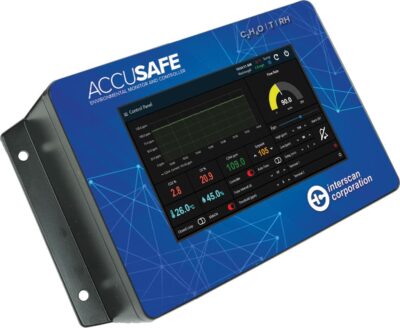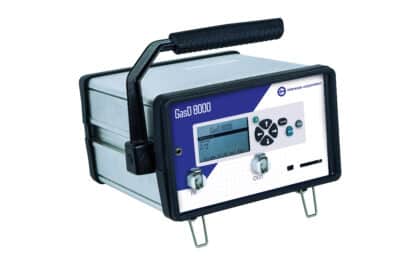
How It’s Used
Ethylene Oxide (EtO or EO) is used widely in the chemical industry, but the biggest human exposure to this compound occurs when it is employed as a sterilant. EtO sterilization is the method of choice in those situations when conventional steam sterilization would damage the goods. Thus, it has great applicability to many less invasive surgical and endoscopic diagnostic procedures.
EtO uniquely penetrates packaging materials, destroying pathogens—thus assuring the sterility of the product and package at a competitive cost. Since it is able to destroy microorganisms at low temperatures, EtO is used on sensitive devices such as pacemakers, fiber optics, heart-lung, and kidney dialysis machines. Given its versatility, EtO is the most widely used sterilant method for health care products.
Ethylene oxide is also employed to sterilize laboratory materials, pharmaceuticals, and aseptic packaging and to reduce microbial load on cosmetics, artifacts, archival material, and library objects.
As a fumigant, EtO is highly effective in killing bacteria, fungi, and insects in spices or other seasoning materials. For information on propylene oxide, including its properties and available Interscan monitoring instrumentation, visit this page.
Monitoring Instrumentation
Check out Interscan’s full line of ethylene oxide gas detection/gas monitoring instrumentation.
Further Documentation, including some of historical interest
Ethylene oxide monitoring in hospitals
Ethylene Oxide Gas Sterilization of Medical Devices [pdf file]
Kill Microorganisms on Instruments Safely, Efficiently, and Cost Effectively (3M) [pdf file]
New requirements for EtO usage [Posted 12 March 2010]
OSHA’s comprehensive Small Business Guide for Ethylene Oxide (2009) [14.9 MB pdf file]
OSHA’s comprehensive Small Business Guide for Ethylene Oxide (2009) [as a webpage]
Our commentary on the Small Business Guide for Ethylene Oxide (2009)
Download a PowerPoint presentation on EtO monitoring requirements and EtO monitoring equipment—prepared for the Ethylene Oxide Sterilization Association (2.6 MB)
Honeywell Announces Phase-out of Oxyfume Ethylene Oxide Sterilant Blends [pdf file]
EtO is alive and well, and there’s no “ban” on it!—Read what the Ethylene Oxide Sterilization Association has to say [pdf file]
Has the tide turned on EtO? The US Environmental Protection Agency is finally consulting with the right expert
FDA issues Warning Letter on Steris System 1 Numerous violations of the original 510(k) clearance are cited
Hydrogen peroxide gas plasma issues
Run a full EtO cycle in 10 hours including aeration—Read all about Stericert’s new controls [pdf file]
Calibration procedure—EtO monitors
Preventive maintenance—EtO monitoring systems
Daily checklist—LD and RM type systems
Daily checklist—PLC type systems
Ethylene oxide safety data sheet [pdf file]
FDA issues a national warning against the use of “Abtox” Plazlyte Sterilization System


